Establishing a bond with a pet snake is a rewarding experience that takes patience, consistency, and understanding. Unlike mammals that display affection through cuddles or vocalizations, snakes communicate their comfort and trust in more subtle ways. Learning to recognize these signs can help strengthen your relationship with your reptilian companion and create a positive environment for both of you. Whether you’re a new snake owner or looking to deepen your connection with your current serpent, understanding the indicators of trust can significantly enhance your snake-keeping journey.
Understanding Snake Behavior Basics

Snakes perceive the world differently than humans do, relying heavily on scent, vibration detection, and heat sensing rather than emotional bonding. These reptiles don’t form emotional attachments the way mammals do, but they can certainly recognize their regular handlers and develop a comfort level that resembles trust. Their primary concerns revolve around safety, food, and appropriate environmental conditions. When these needs are consistently met by their human caretaker, snakes can display behaviors that indicate they feel secure in your presence. Understanding this fundamental difference in perception helps set realistic expectations about the type of relationship you can develop with your snake.
Relaxed Body Language
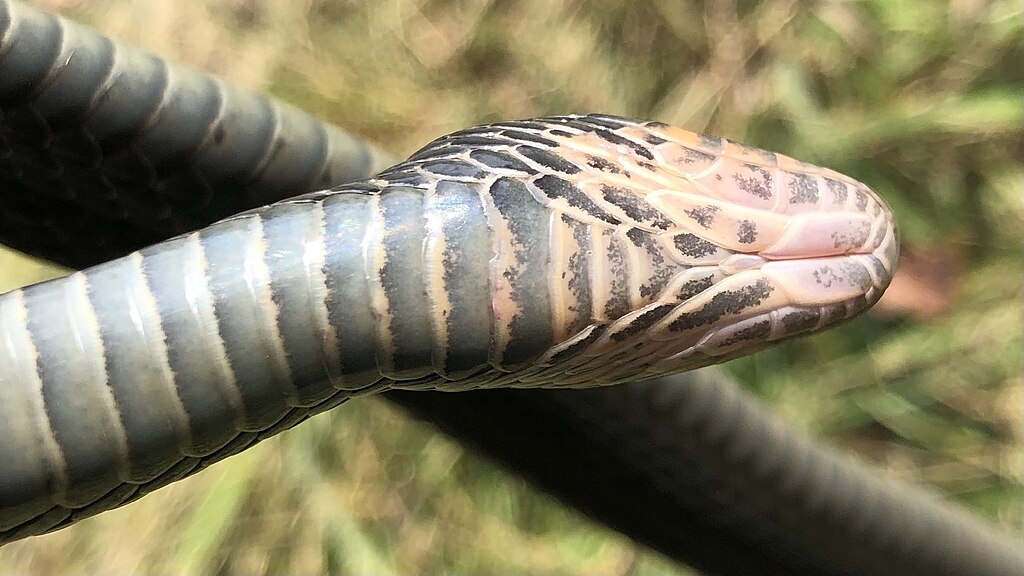
One of the clearest indicators that your snake trusts you is relaxed body language during handling sessions. A trusting snake will display a smooth, flowing movement pattern rather than rigid, tense muscles. Their body will feel loose and pliable in your hands, not stiff or coiled tightly. You might notice them gently wrapping around your hands or arms in a secure but not constricting manner. This relaxed state contrasts sharply with defensive postures like tight coiling, muscle tensing, or body flattening that indicate stress or fear. Pay particular attention to how your snake’s muscles feel when you’re handling them—tension usually means discomfort, while suppleness suggests comfort.
Calm Exploration While Handling

A snake that trusts you will show curiosity and willingness to explore while being handled. Rather than trying to escape or retreat, they’ll use their time outside the enclosure to investigate their surroundings with methodical tongue flicks and gradual movement. This exploratory behavior indicates they feel secure enough in your presence to engage with their environment. Some snakes may even use you as a climbing structure, moving up your arms or shoulders in a controlled manner. This willingness to navigate while being held is a strong sign that your snake doesn’t view handling time as threatening but rather as an opportunity for enrichment. A trusting snake won’t rush their movements but will move with purpose and interest.
Absence of Defensive Behaviors
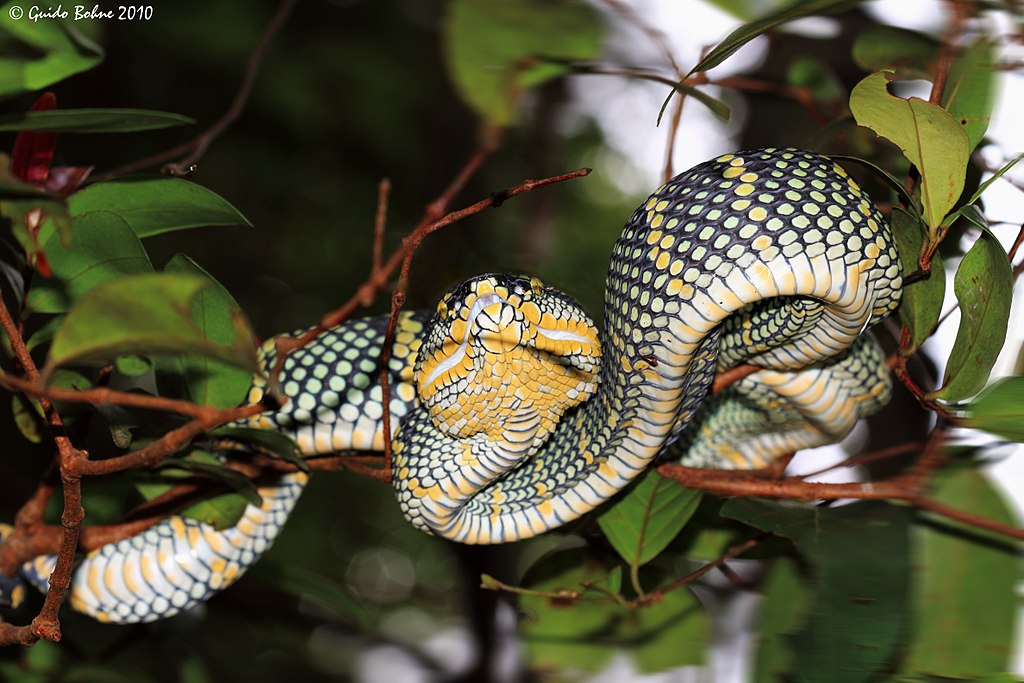
Snakes display various defensive behaviors when they feel threatened, and the absence of these responses during handling indicates growing trust. A snake that trusts you won’t hiss, strike, musk (release defensive odors), or attempt to flee rapidly when you approach or handle them. Ball pythons might not ball up tightly, and species known for playing dead may cease this behavior over time. The transition from defensive responses to calm acceptance of handling doesn’t happen overnight—it’s a gradual process that shows your snake is learning that interactions with you aren’t dangerous. If your previously defensive snake now allows handling without these stress responses, it’s a significant milestone in your relationship building.
Regular Feeding Response

A snake that readily accepts food from you demonstrates a fundamental level of trust in your relationship. Feeding is when snakes are most vulnerable in the wild, so willingness to eat in your presence indicates they don’t perceive you as a threat. Many experienced keepers notice their snakes showing recognition behaviors when it’s feeding time, such as increased alertness or positioning themselves near the enclosure opening. Some snakes may even develop positive associations with their handlers around feeding time, showing excitement rather than fear when they detect food scents. This comfort with feeding doesn’t mean you should handle your snake immediately before or after meals, but it does represent an important aspect of trust development.
Consistent Thermoregulation Behaviors
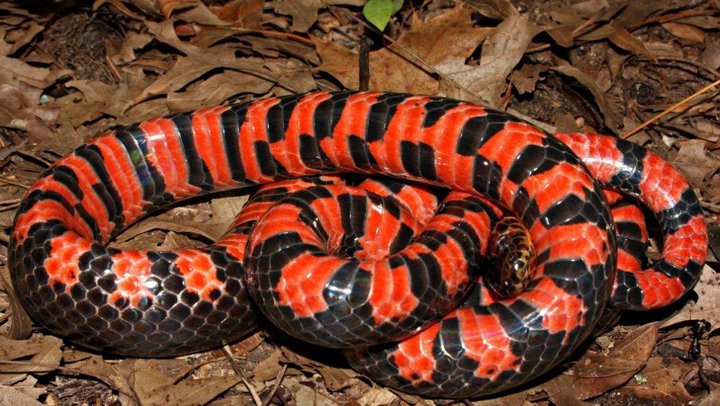
Snakes that trust their handlers will display normal thermoregulation behaviors even during handling sessions. A comfortable snake will neither frantically seek heat nor try to escape perceived excessive warmth while being held. They’ll settle comfortably on your hands, taking advantage of your body heat without showing signs of stress. Some snake species might even stretch out along your arm to maximize contact with your warm skin, showing they’re comfortable enough to focus on their physiological needs rather than escape. This natural behavior indicates your snake feels secure enough in your presence to attend to its basic needs rather than remaining in a state of heightened alertness.
Recognition Responses
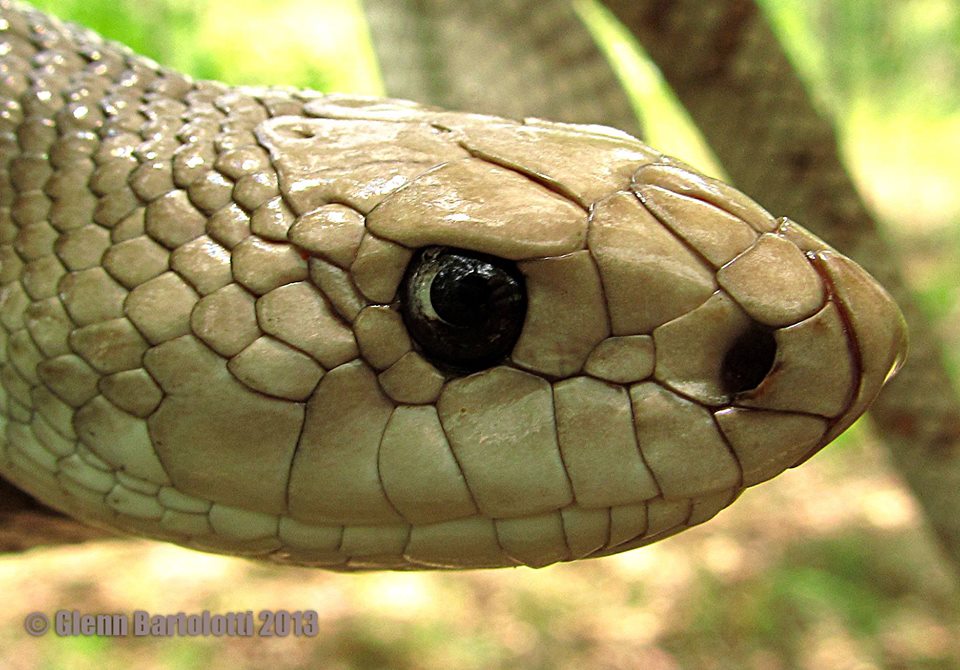
Many snake owners report that their pets show subtle recognition responses when they approach the enclosure compared to strangers. These might include gentle movement toward you, tongue flicking in your direction without defensive posturing, or calmly watching your movements. Some snakes may position themselves near the side of the enclosure you typically open for handling or feeding. While these behaviors don’t indicate emotional attachment, they do suggest your snake has learned to associate your presence with positive or neutral experiences. This form of recognition represents a type of learned trust that develops over consistent, positive interactions.
Willingness to Be Handled
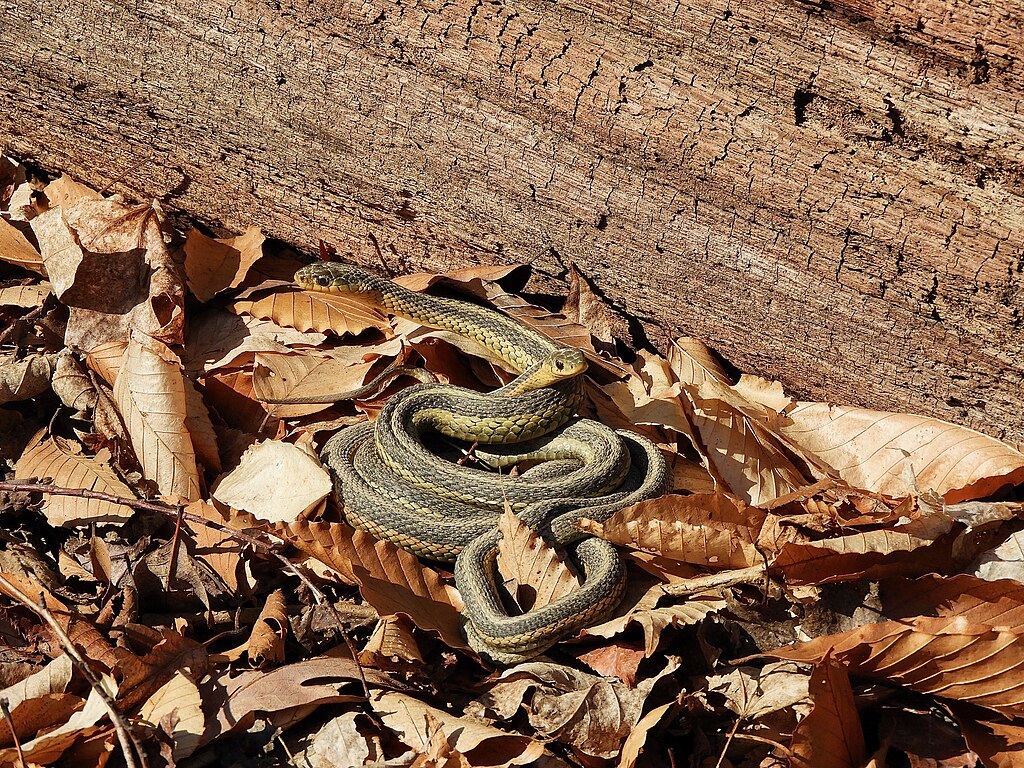
A snake that trusts you will generally show a willingness to be handled rather than trying to avoid contact. When you open the enclosure, they might remain in place rather than retreating to a hide or the far corner. Some snakes may even move toward your hand, especially if they’ve learned to associate handling with positive experiences like exploration outside the enclosure. The ease with which you can initiate handling sessions can be a good barometer of trust—if your snake accepts being touched and lifted without resistance, that’s a positive sign. Remember that even trusting snakes have days when they prefer not to be handled, so always respect these boundaries when they occur.
Recovery Time After Stressful Events

Snakes that trust their keepers typically demonstrate faster recovery times after necessarily stressful events like enclosure cleaning, veterinary visits, or travel. A trusting snake might resume normal behaviors like exploring, basking, or accepting food more quickly when returned to familiar surroundings with you present. This accelerated return to baseline behavior indicates that despite the stressful experience, your presence remains a constant that doesn’t trigger prolonged defensive responses. You might notice that your snake’s stress behaviors diminish more rapidly when you’re the one handling them during these situations compared to strangers or less frequent handlers.
Consistent Shedding Patterns

Healthy, stress-free shedding is another indicator of a snake that trusts its environment and handler. Snakes that experience chronic stress often have problematic sheds with retained eye caps or skin fragments. A snake that consistently completes full, intact sheds is likely comfortable in its environment and with your handling practices. During the pre-shed period when snakes are more vulnerable due to decreased vision, a trusting snake may still tolerate brief, gentle handling rather than displaying heightened defensive behaviors. Maintaining regular successful sheds indicates your care routine and handling practices aren’t causing chronic stress that would interfere with this critical physiological process.
Predictable Responses to Routine

Snakes that have developed trust tend to show predictable responses to regular routines you establish. They might become more active at typical handling times or show increased alertness on feeding days. This pattern recognition doesn’t indicate emotional bonding but rather demonstrates that your snake has learned what to expect from interactions with you and feels secure within that predictability. Some keepers notice their snakes will “present” themselves in more accessible positions when they approach the enclosure at regular handling times. These consistent behavioral responses to your established routines reflect a level of comfort and predictability that contributes to trust development.
Species-Specific Trust Indicators
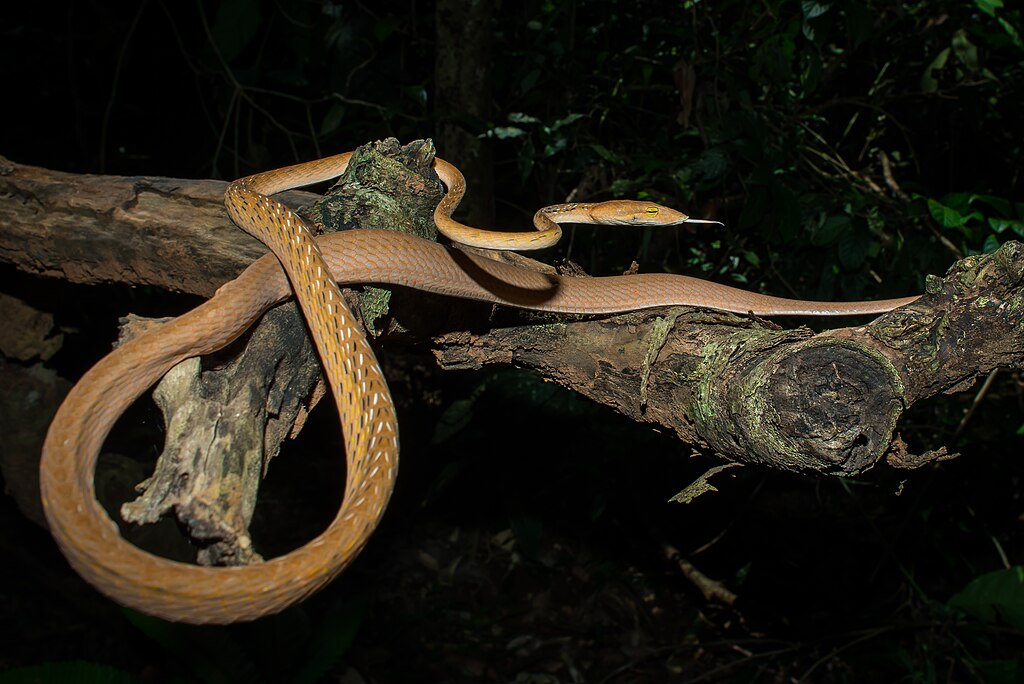
Different snake species may display trust in ways unique to their natural behaviors and temperaments. Ball pythons that trust their handlers might uncoil more readily and explore rather than maintaining their defensive ball position. Corn snakes might show their comfort by calmly draping across your shoulders rather than trying to slip away quickly. King snakes that feel secure may display less musking behavior over time. Recognizing these species-specific indicators requires understanding your particular snake’s natural tendencies and baseline behavior. Research your specific species to identify how trust might manifest differently compared to other commonly kept snakes, as this knowledge will help you accurately interpret your individual snake’s behavior.
Building Trust Through Consistent Handling
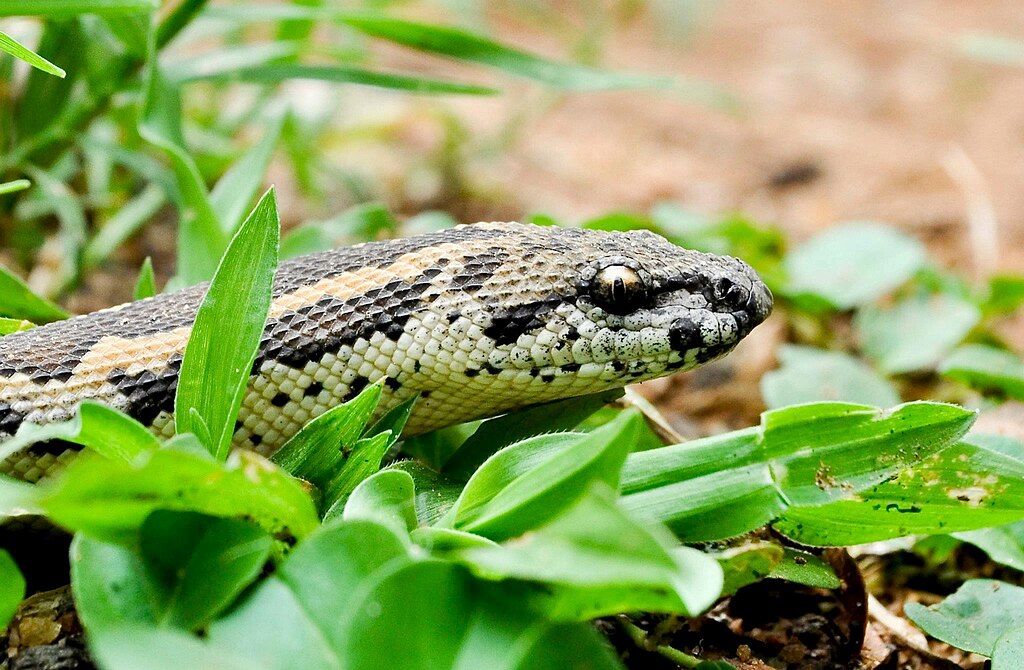
Establishing trust with your snake requires a consistent, predictable handling routine that respects the animal’s natural behaviors. Begin with short, calm handling sessions of just 5-10 minutes, gradually increasing duration as your snake shows comfort signals. Always support your snake’s body properly, avoiding sudden movements or loud noises that might trigger defensive responses. Handle your snake with clean hands free of food scents that could confuse them, and always approach from the side rather than above to avoid triggering predator responses. Most importantly, respect days when your snake seems less receptive to handling—forcing interaction can reverse trust development. Through this patient, consistent approach, most snakes will gradually display more trust indicators over weeks and months.
When Trust Is Not Being Established

If your snake consistently shows stress or defensive behaviors despite months of proper handling attempts, it’s important to reassess your approach. Some individual snakes, particularly wild-caught specimens or those with negative past experiences, may take significantly longer to develop trust. Evaluate whether your handling technique, frequency, or enclosure setup might be contributing to ongoing stress. Consider whether the snake’s basic needs for proper temperature gradients, humidity, hide options, and appropriate feeding schedules are being fully met. In some cases, certain individuals may never become comfortable with regular handling, and respecting this boundary is part of responsible pet ownership. Consulting with an experienced herpetologist or reptile veterinarian can provide valuable insights into species-specific or individual trust barriers.
Conclusion
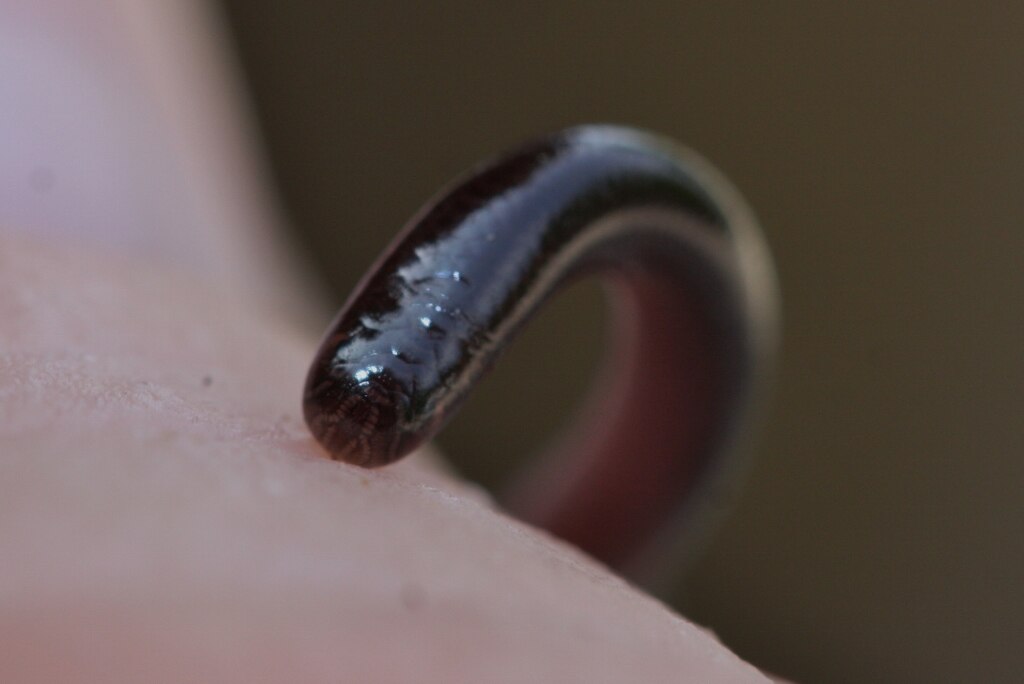
Developing trust with your snake is a gradual process that requires patience, consistency, and respect for the animal’s natural behaviors. While snakes don’t form emotional bonds like mammals, they can certainly learn to recognize their keepers and associate them with positive or neutral experiences. By observing subtle behavioral changes such as relaxed body language, calm exploration during handling, and absence of defensive responses, you can gauge how your relationship is progressing. Remember that each snake is an individual with its own temperament and comfort levels. The journey of building trust with your snake not only creates a more positive handling experience but also contributes to your pet’s overall well-being and quality of life in captivity.





